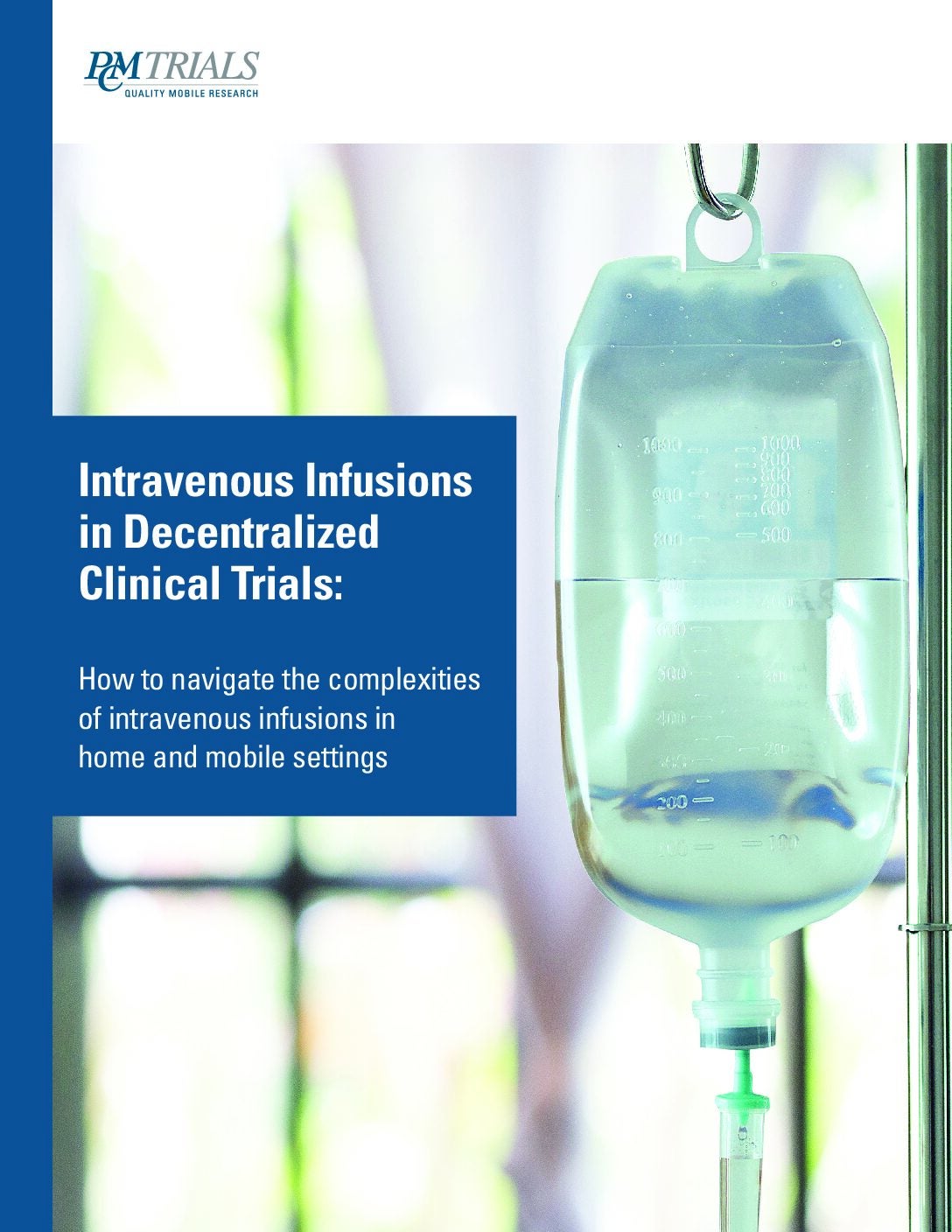On September 21, Incyte received FDA approval for its topical JAK1/2 inhibitor ruxolitinib, set to be marketed as Opzelura, for the treatment of mild to moderate atopic dermatitis (AD) patients ages 12 years and older. The approval was based on data from TRuE-AD1 (NCT03745638) and TRuE-AD2 (NCT03745651), which showed that patients achieved significantly clearer skin and itch reduction using the 1.5% dose of the cream.
Opzelura is the first topical JAK inhibitor to have gained approval in the US and its labeling speaks volumes for what can be expected for other topical JAK inhibitors looking to enter the AD market. Although Opzelura is topically administered, with limited systemic distribution in pharmacokinetic/pharmacodynamics studies, the FDA has still saddled the drug with the JAK inhibitor class-wide boxed warning. This warning is based on data from the oral JAK inhibitor Xeljanz (tofacitinib) in rheumatoid arthritis, and focuses on an increased risk of cardiovascular events, cancer, and serious infections such as tuberculosis.
How well do you really know your competitors?
Access the most comprehensive Company Profiles on the market, powered by GlobalData. Save hours of research. Gain competitive edge.

Thank you!
Your download email will arrive shortly
Not ready to buy yet? Download a free sample
We are confident about the unique quality of our Company Profiles. However, we want you to make the most beneficial decision for your business, so we offer a free sample that you can download by submitting the below form
By GlobalDataAlong with the boxed warning, Opzelura’s labeling is fairly narrow and restrictive. For example, the label for Pfizer’s topical phosphodiesterase 4 inhibitor, Eucrisa (crisaborole), simply indicates the topical treatment for use in mild to moderate patients ages three months and older. In contrast, Opzelura is specifically indicated for the short-term treatment of mild to moderate AD in non-immunocompromised patients 12 years of age and older whose disease is inadequately controlled with available topical prescription therapies, or in whom those therapies cannot be used. The label is also careful to advise that the drug not be used in combination with therapeutic biologics, other JAK inhibitors, or potent immunosuppressants such as cyclosporine, which may be an important consideration for more moderate AD patients looking to use Opzelura. This labeling limits the target patient population that Opzelura can treat, meaning it will likely be considered a last line of therapy for treatment-refractory mild to moderate patients.
Other topical JAK inhibitors in the pipeline for AD, such as Leo Pharma’s delgocitinib and Pfizer’s brepocitinib, should likely expect a similar label to Opzelura. Delgocitinib is a pan-JAK inhibitor already marketed in Japan by Japan Tobacco (JT) under the name Corectim. It is possible that LEO Pharma may be able to leverage real-world evidence from Japan to support claims about long-term safety and efficacy. Additionally, LEO Pharma’s strategy of targeting delgocitinib to high-unmet-need patients with chronic hand eczema could help boost the drug’s position in the treatment paradigm, at least for this sub-population of AD patients. Pfizer’s brepocitinib is targeting the same patient population as Opzelura, but via the TYK2 and JAK1 pathways. Brepocitinib has yet to begin Phase III development, and thus it remains to be seen whether targeting these specific JAKs can help differentiate the product.
As important as these safety concerns may be, key opinion leaders (KOLs) interviewed by GlobalData were far less worried about JAK inhibitor safety in the context of topical products. These experts expressed enthusiasm for topical JAK inhibitors, commenting on their excellent safety, tolerability, and efficacy profiles. KOLs argued that the clinical profiles of currently available topicals were subpar, particularly Eucrisa, as efficacy is generally limited, and many patients experience application-site pain. With a clear unmet need for better therapies targeting mild to moderate atopic dermatitis, GlobalData anticipates Opzelura is the first of many topical JAK inhibitors to enter the US market. However, how these agents will contend in the real world with the class-wide boxed warning remains to be seen.







Related Company Profiles
Pfizer Inc
Japan Tobacco Inc
Incyte Corp
Leo Pharma AS